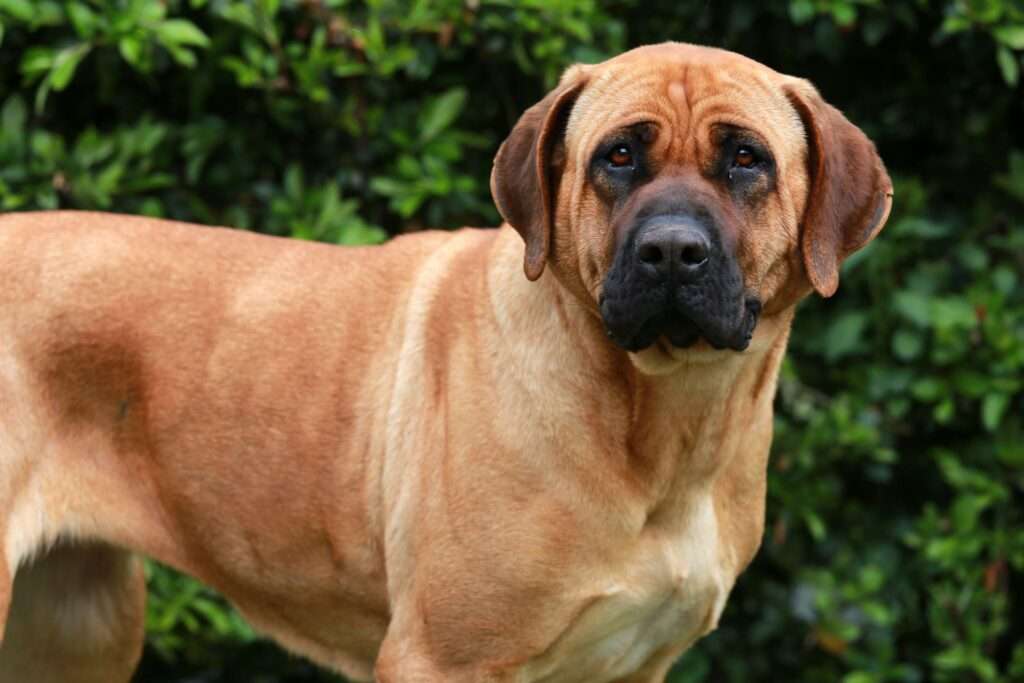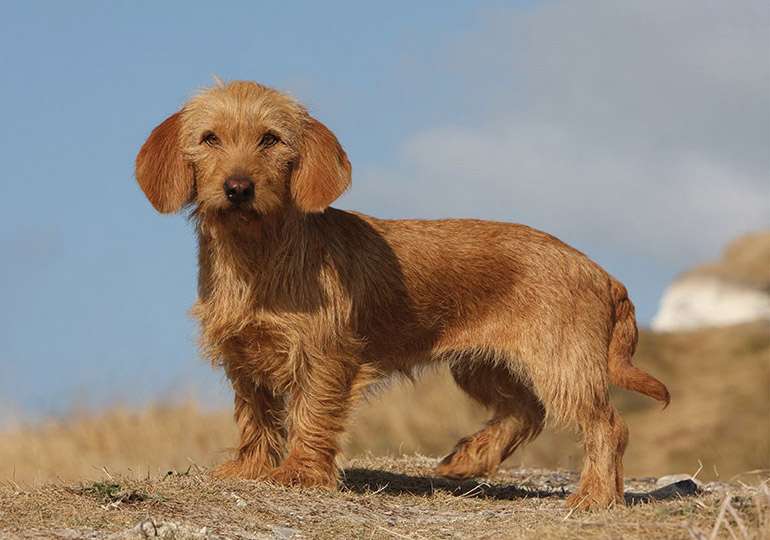
Description
The Tosa dog, also known as the Tosa Ken, Tosa Inu, or Japanese Mastiff, is a huge, short-haired mastiff-type breed that was created in Japan specifically for dog fighting. They can have white markings on their chest and feet in addition to a short, dense coat that can be fawn, crimson, apricot, black, or brindle in colour. Additionally, because of their delayed growth, Tosas may not mature to their full potential until they are four years old. The largest Japanese dog breed is this one.
Origin/History
In Japan, dog fighting has a long history as a sport. The Tosa was intentionally developed to be a more powerful, competent, and massive fighting dog than other breeds. Europeans brought several of their prized combat canines to Japan in the middle of the 19th century. When Japanese dog enthusiasts learned of the dogs’ abilities, they started adding them to Japan’s combat dog lines. Another Japanese breed, the Shikoku, as well as Western breeds that had just been brought to Japan, such as bulldogs, Mastiffs, German pointers, Great Danes, and probably other breeds, were utilized to produce the Tosa.
Temperament
Tosa Inus are large, powerful dogs, yet they also have a quiet, calm, and obedient demeanour. Because of their instinctive watchfulness, they will warn their owners if anything is thought dangerous or unusual. A Tosa may act aggressively if someone is invading their territory or poses a harm to their family or home, but they are not aggressive towards people who pose no threat. Children in the household who are trained to treat the dog with respect get along well with tosas because of their kind and tolerant nature.

Care
The Tosa Inu dog requires little care in terms of exercise and grooming. To assist your dog adjust to life at home and in public, training must be used consistently, especially during the puppy years, and should be combined with socialization.
Exercise
For a large breed, the Tosa is fairly athletic. The amount of exercise needed is moderate, though. Long walks, excursions or racing after a toy or ball in your securely contained yard are all excellent forms of exercise and mental stimulation for tosas. When outside the house, you should always keep your Tosa secure on a leash due to the breed’s propensity for dog aggression.
Grooming
The Tosa’s coat requires little maintenance. Its somewhat shearing, short, straight, dense fur rests close to the body and doesn’t require trimming. This can be kept in check by brushing a few times per week. Every two weeks, trim your dog’s nails, and give regular checks to the inside of his ears. If they seem dirty, clean them with cotton balls or squares of gauze and an ear cleaner appropriate for pets. Ask a veterinarian to inspect your dog if you notice any redness or inflammation.
Training
The Tosa is a self-assured breed that can be stubborn, despite its intelligence and desire to please its owner. Employ training techniques that are strict but fair, such as positive reinforcement training and regular rule enforcement. Early and frequent socialization is essential for preventing overprotectiveness while a puppy is young. If your dog starts to exhibit aggressive behavior at a young age, find a behavioral training specialist. Ignoring these symptoms as a puppy might cause issues later in your dog’s life; given its size, this can be particularly harmful when aggression is present.
Diet and Nutrition
Tosas are enormous canines, weighing between 100 and 200 pounds. They consume a lot of food, but it’s crucial to watch your quantities. This is crucial during the puppy stage. For giant breeds to avoid joint conditions like hip and elbow dysplasia, slow, steady growth is necessary.
The timing of meals is a crucial component of the diets of giant-breed dogs. To avoid situations like bloat, your veterinarian may advise avoiding meals right before or right after activity and giving your dog smaller amounts of high-quality dog food numerous times throughout the day.
Obesity, including canine obesity, can also contribute to the emergence of additional medical disorders including diabetes. Ask your vet to recommend an appropriate feeding regimen for your particular dog that takes into account their age, weight, and activity level.
Table





